
OR
Nepal's vaccination drive sets an example in the region
Published On: July 20, 2022 05:00 PM NPT By: Shristi Kafle

As the COVID-19 pandemic has not vanished away altogether, the Nepal representative of the World Health Organization suggested that there are several steps that Nepal can take to effectively manage the pandemic.
In June last year, health workers in Nepal’s Himalayan district of Mustang were hacking a way to deliver COVID-19 vaccines using a long iron pipe to cross the monsoon-induced flooded river in Thasang Rural Municipality.
Crossing the rivers and mountains in a challenging manner, the first batch of vaccines had reached the general public in the district. The video quickly grabbed attention of the media and the international community.
Even the World Health Organization (WHO) Director General Dr Tedros Adhanom Ghebreyesus shared the video and said, “This is how far health workers go to save lives. Is it fair that in many places these heroes have still not been vaccinated? It is in our power and our duty to do everything we can to deliver Vaccine Equity. If not now, when?”
This year, the same district with a total population of 11,411 achieved 122.1 percent higher vaccination than the national average in terms of full dose. The vaccine coverage has boosted the confidence of Nepal in handling the pandemic and administering vaccines to its population.
According to the Ministry of Health and Population’s COVID-19 vaccination coverage as of July 19, a total of 47,838,854 doses of vaccines of different types have been safely administered including booster doses to the general public.
According to the ministry, Nepal covered 86% with the first dose and 87% with the full dose against the targeted population (≥12 years) so far.
From April 3 this year, the government started vaccination for all citizens above 18 years who have completed primary series (full dose vaccination) with a booster dose after three months of full-dose vaccination.
Nepal reached the landmark of administering more than 40 million vaccine doses by March 30 this year, which is termed a milestone by the authorities.
Dr Roshan Pokharel, secretary at the Ministry of Health and Population (MoHP), claims Nepal’s vaccination campaign is a success. “Considering our complex geography and terrain, we are satisfied with the vaccine coverage. Nepal has covered almost 90 percent of its population with vaccines. The status will improve further in a couple of months.”
Regarding the booster doses, however, Pokharel accepted that people are not encouraged much as the infection rate has significantly gone down and death rate sharply decreased. “The infection rate is low in our country, but the risk is still there,” he said. “From our side, we have developed a lot of infrastructures, and the workforce is efficient to fight against any future pandemic.”
The recovery percent of COVID-19 patients stands at 98.6 percent in Nepal, while the fatality rate is 1.2 percent.
According to the MoHP, the vaccination program is going simultaneously in all provinces for the first and second doses of Covishield/AstraZeneca, Sinopharm, and Moderna to specific target group as specified by MoHP and as per the National Deployment and Vaccination Plan, Addendum-1.
Till now, Nepal has received 58,891,970 doses of COVID-19 vaccines from various sources, including neighboring countries, donors and other friendly nations.
According to Sagar Dahal, chief of the Child Health and Immunization Service Section at the Family Welfare Division under the Department of Health Service, the vaccination campaign is ongoing as a regular program, but not as a campaign. He said that the local bodies have been mobilized to run the program at fixed sites.
Dahal believes that the local health centers are capable enough to administer the COVID-19 vaccination program based on their experiences. “The state is responsible for managing resources and vaccines, and sharing the methodology, while the local governments implement the program,” he said.
Regarding cold chain capacity, Dahal shared that Nepal had the capacity of storing vaccines for only around 1.2 million people annually in the pre-COVID era. However, that has been strengthened now.
“Cold chain has a strong network across the country. Each district’s health center has a separate building for vaccine storage purposeS, including in the remote districts,” he said. “Thus, there is no problem for storage.”
However, Dahal accepts that each vaccine has a certain life and needs to be administered before its expiry date. “We have around 500,000 doses of the Covishield vaccine which is going to expire, but we have been trying for its best utilization.”
For instance, he said, Kathmandu and Lalitpur have been mobilizing mobile vans across the cities while even vegetable markets have been targeted to administer vaccines to those who were left out earlier.
He further said that Nepal has been administering Pfizer vaccines to children of 5-11 years of age from June 23 this year in which around 2.2 million children were inoculated. Since there are also reports of shortage of syringes, Dahal clarified that it was only due to technical reasons, particularly due to the delay in syringe supply for the COVAX facility.
The facility has committed 8.4 million pediatric doses of the vaccine to Nepal, out of which it has supplied 4,610,400 doses so far.
Despite the fact that the country with a poor economy doesn’t produce vaccines and has resource constraints, Nepal has done well in terms of equity-based coverage as compared to other nations in the region like India and Bangladesh or other Southeast Asian nations, Dahal said.
“We are doing better than the countries like India who produce vaccines themselves,” he remarked. “Nepal being a poor country but ensuring vaccines to the majority of population within stipulated time is highly considerable. It has set a good example.”
His voice is echoed by the WHO Representative to Nepal, Dr. Rajesh Sambhajirao Pandav, who shared that Nepal was one of the first countries in the region to roll out nationwide COVID-19 vaccination drive and one of the few countries to prioritize inclusion of vulnerable population groups such as refugees from the start of the vaccination drive.
“We are positive with the commitment shown by the government to achieve WHO target to vaccinate 70% of the population by mid-2022,” Dr. Pandav remarked. “Achieving this target was essential to save lives, prevent the risk of long COVID, protect health systems and increase population immunity.”
He suggested that the focus must now be on accelerating COVID-19 vaccination in low performing municipalities to ensure equitable coverage. “There’s still a portion of the population that is yet to receive the first dose,” he said, adding, “Thus, a more targeted approach toward identifying this group and vaccinating them is required.”
As the pandemic hasn’t vanished away, the WHO Nepal Representative suggested that there are several steps that Nepal can take to effectively manage the pandemic.
“First, it must continue to prioritize surveillance which includes closely monitoring, screening at the points of entry as per the established standard operating procedures. Samples of positive cases should continue to be shared for genetic sequencing surveillance. Cross-border collaboration is an important factor in responding to any public health emergency.”
“Secondly, Nepal must continue to actively promote vaccination to ensure that it achieves the global targets set by the WHO.”
Stating that the key to ensuring effective response to any pandemic or health emergency is to build resilient health systems, he stated that WHO remains committed to supporting the Government of Nepal in strengthening its health systems.
As many countries including neighboring China still struggle to contain the virus in different cities, experts are of the view that the threat of future waves still remains, which could be emergencies dominated by less severe or a more virulent and highly transmissible variants.
Amid such uncertain scenarios, everyone agrees that preparedness and vaccination must go side by side.
Earlier, some health experts were also of the view that the vaccination drive was not very successful in the initial stage in Nepal with an interruption in the supply chain system compounded by the lack of priority setting of health workers, elderly and vulnerable people.
They complained that the campaign was limited to those in the Kathmandu Valley, while people in remote rural areas, migrant workers, people living in the districts bordering India, who do not have access to functional hospitals with ICU, medical oxygen, ventilators, health workers etc were left on their own.
“If we consider the country as a whole, then I think the vaccination drive had its challenges and it’s not just because of the unavailability of medicines/drugs etc but also because of the lack of a broader political vision,” epidemiologist Dr Lhamo Y Sherpa opined.
She believes that the pandemic has taught Nepal that there is a huge inequity in health services in terms of accessibility, availability, affordability, and quality of services.
“The one-size-fits-all concept won’t work because the pandemic doesn’t discern the rich or poor, men or women, rural or urban; it affects everyone equally but those who are weak are the first ones to die,” she said.
“The pandemic has also shown us how women’s role in society has been made invisible with the disproportionate burden on women, unavailability of voices and choices for women,” Dr Lhamo further said, adding, “We have to improve our health system structure but simultaneously we must also empower more women and vulnerable communities to develop their capacity.”
“Continuous system-wide collection and analyses of data on disease transmission, severity and resulting consequences including hospitalization, ICU admission and mortality, effectiveness of vaccination coverage as well as societal consequences of the pandemic across various population groups is very important,” opines Dr Drona Rasali, a population health expert living in Canada.
“This has been a lesson learned as a system level gap to inform strategies for providing evidence-based public health responses in Nepal,” he said. “What is more important is that science should have been the center of focus in such emergencies at all times.”
The pandemic is not yet over with the recurrence of COVID-19 globally. Nepal needs to learn from past mistakes and be well prepared for any future crises, develop a state-of-the-art national virology laboratory to contribute to pandemic research globally and deal with the crises.
(This report is produced under a research collaboration between Nepal Forum of Environmental Journalists and Nepal Science Foundation Trust, Skill Knowledge and Technology Transfer Department, Non-Resident Nepali Association International Coordination Council.)
You May Like This
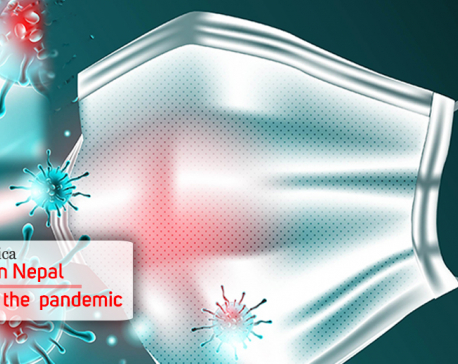
COVID-19 in Nepal: The country fights the pandemic (VIDEO STORY)
Experts have frequently questioned the effectiveness of the months-long lockdown and criticized the government for its 'inefficiency' to tackle the... Read More...
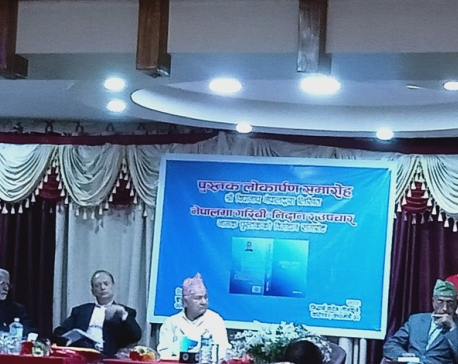
New measures needed to reduce poverty post pandemic: Economist Wagle
KATHMANDU, May 26: Economist Swarnim Wagle on Wednesday said the government needs to connect social protection to poverty, vulnerability and inequality... Read More...

21 Covid-19 patients escape from quarantine facilities in Dailekh
DAILEKH, June 26: Twenty-one Covid-19 patients who were staying at the Naumule Rural Municipality-based quarantine facilities escaped on Thursday night. Read More...




Just In
- ‘Precast' technology introduced in the construction of bridges along Muglin-Pokhara road
- SC rejects writ petition filed against Home Minister Lamichhane
- Nepal and China sign two agreements in the presence of Finance Minister Pun
- Pun released on bail in Supreme Cooperative fraud case
- Govt should not look for enforcing populist budget for next FY: Former finance ministers
- DoFE requests relevant parties to provide essential facilities to foreign workers traveling abroad
- Foundation stone laid for building a school in Darchula with Indian financial assistance
- 151 projects to be showcased for FDI in Third Investment Summit









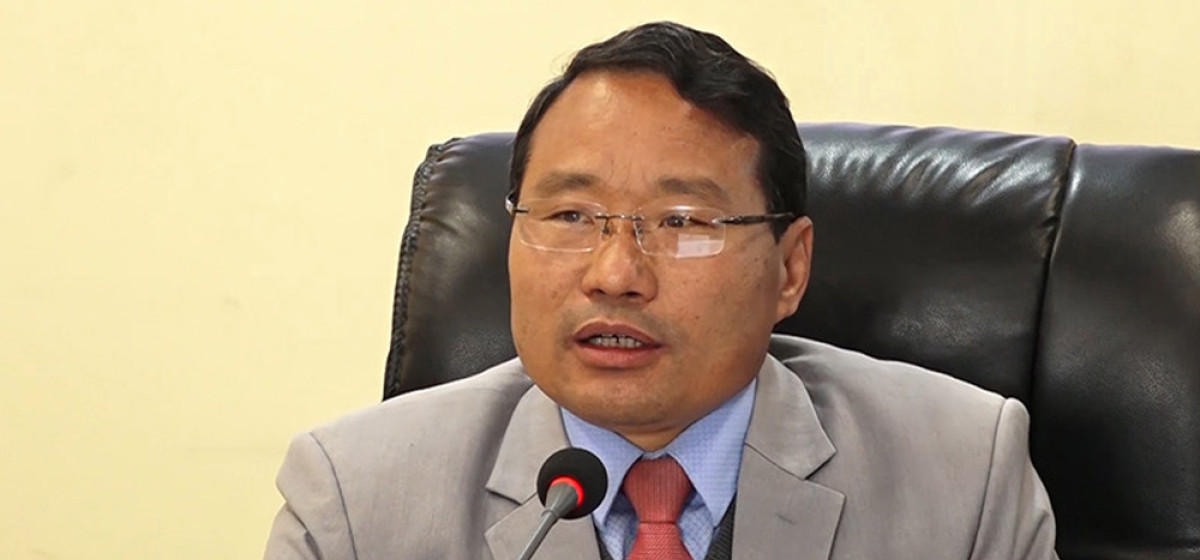
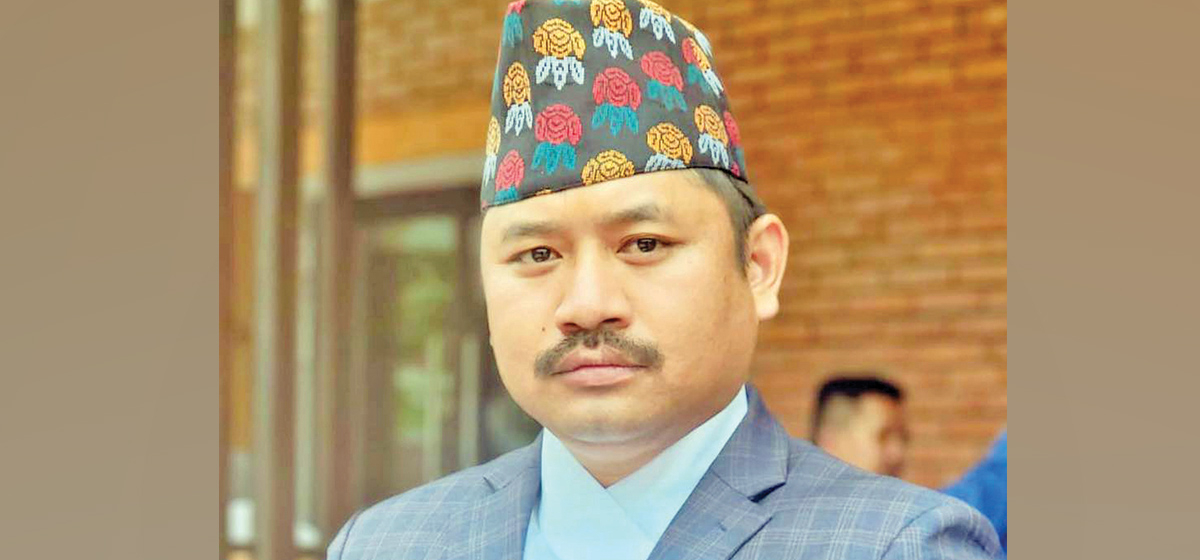
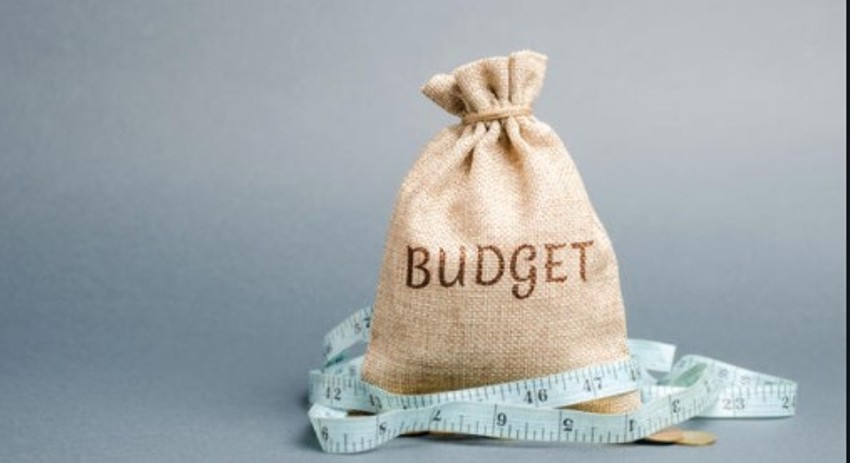
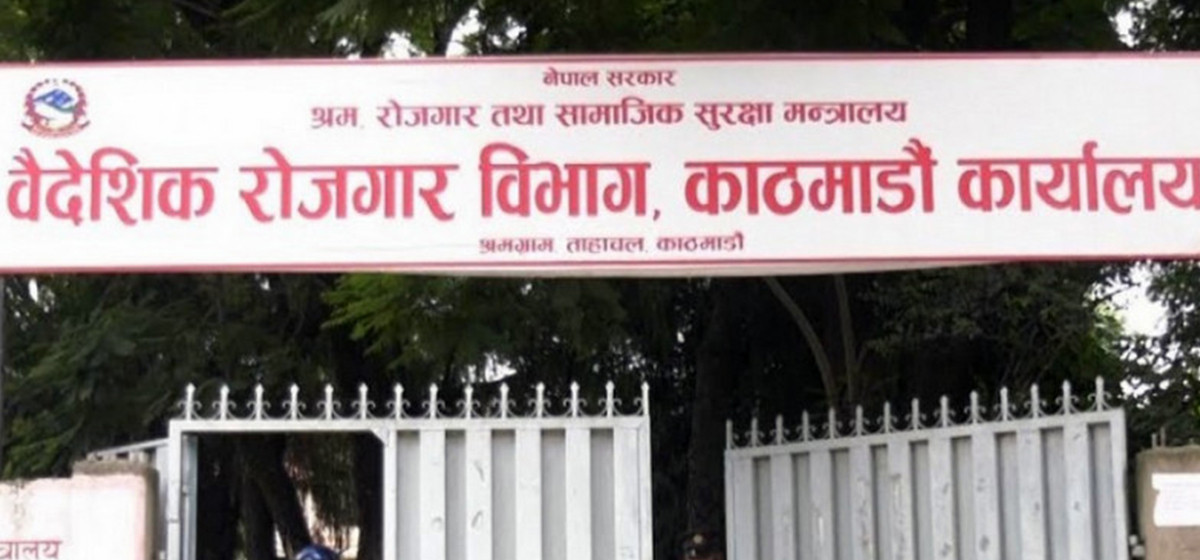
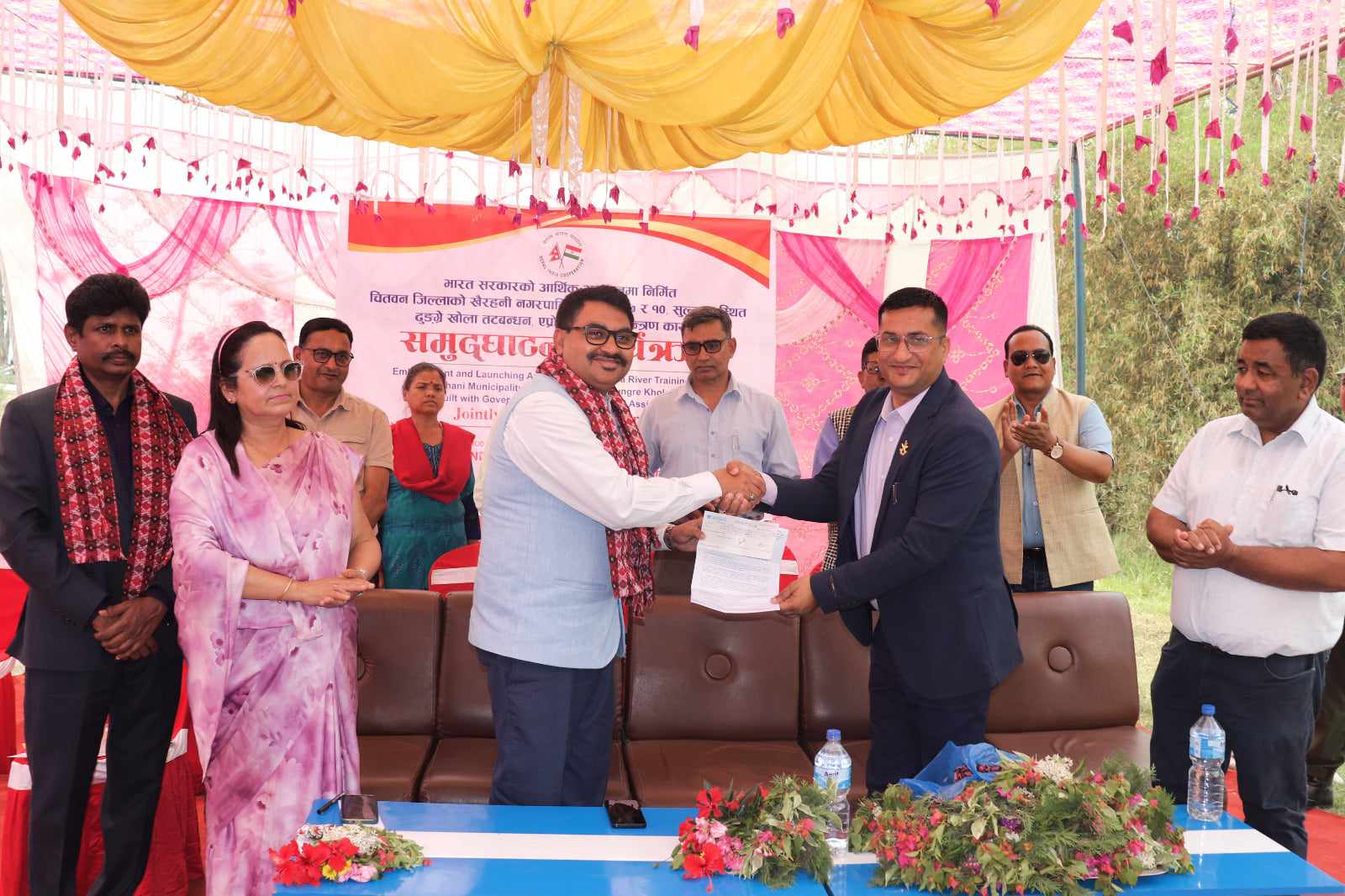

Leave A Comment